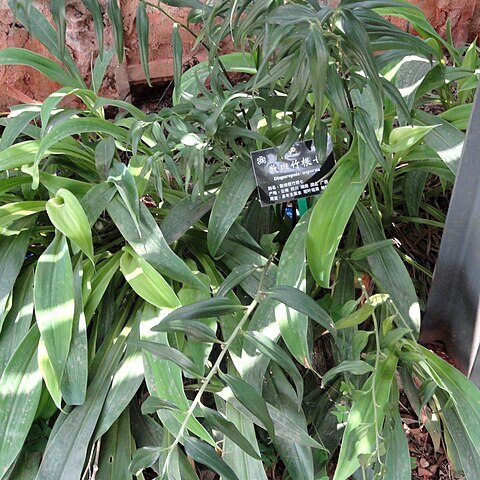Glabrous rhizomatous herbs. Aerial stems annual, erect, unbranched. Leaves cauline, alternate, flat, with many veins, petioled, entire, ovate to oblong, obtuse or subcuneate at the base; brown scale-like leaves on the rhizome, less often also at the base of the aerial stems. Flowers solitary in the axils of the leaves, nutant. Pedicels articulated. Perianth campanulate; segments 3-5, fused, equal, viscid, saccate at the base. Filaments expanded to form a corona attached to the perianth; anthers dorsifixed, sagittate, introrse. Ovary superior, sessile, ovoid, 3-celled; ovules axile, 4-6 per cell; style short and thick, with simple or 3-lobed stigma. Fruit a 1-5-seeded berry.

